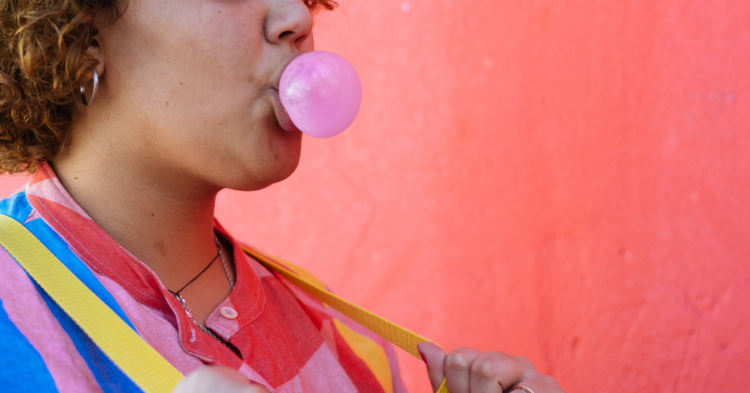Everybody has little things that get under their skin. Maybe you can’t stand bugs or raisins or velvet tracksuits – whatever it is, it’s an enduring annoyance, and it can be difficult for you to even contemplate it having a good side.
Researchers at Northwestern University think they’ve found some good in the bad of misophonia , a disorder in which hypersensitivity to noises can have incredibly damaging effects on a person’s life.
Misophonia is no joke.
It’s not just a matter of being annoyed or distracted by noises, but being incensed by them. The sound of someone chewing might not be just disgusting, but trigger an actual physical response like sweating or increased heart rate.
Some people might just tune out that person going at their steak like a cow chewing its cud, but if you have misophonia, you might leave the restaurant and avoid coming back in the future. It’s that bad.
It can also be a deal-breaker in relationships.
No kidding, marriages have ended due to misophonia. And it’s not just chewing that can trigger someone’s misophonia: things like pen clicking, cutlery scraping, and drink slurping can all set it off.
Even just things like children yawning or someone’s noisy breathing can start an explosive outburst, or make someone with misophonia feel the need to leave the room.
However, on the bright side, misophonia might just be a sign of creativity.
As a study out of Northwestern University suggests, it’s all about what the brain is and is not able to filter out. Although it may seem odd, the researchers found that the less sensory information a person’s brain can filter out, the more likely they are to show more creativity.
As the study’s authors noted , there’s plenty in the historical record to back that idea up, including author Marcel Proust going to such lengths as wearing ear plugs and lining his study with cork to dampen sounds so he could focus on his work.
And it holds true for contemporary minds as well.
In the study, the researchers tested 100 participants on their creativity using a three-part test on divergent thinking and a creative achievement questionnaire. Divergent thinking is more of a laboratory measure of creative cognition, while the creative achievement questionnaire examined real-world creativity.
In the end, those who had more trouble filtering out the irrelevant sensory information, like the drink slurping and heavy breathing going on all around us, showed higher scores for that real-world creativity. However, those who could filter those distractions out scored higher on the divergent thinking portion.
Still, it was a surprising finding that more distractions could lead to more creativity.

The researchers believe that the increased creativity even with noisy distractions is because more information is getting through rather than being filtered out.
“Overall results suggest that leaky sensory gating may help people integrate ideas that are outside of focus of attention, leading to creativity in the real world,” the study reads.
Basically, being hypersensitive to noise, as with misophonia, lets more information through, and that gives your brain more raw material to be creative and make connections with.

















































